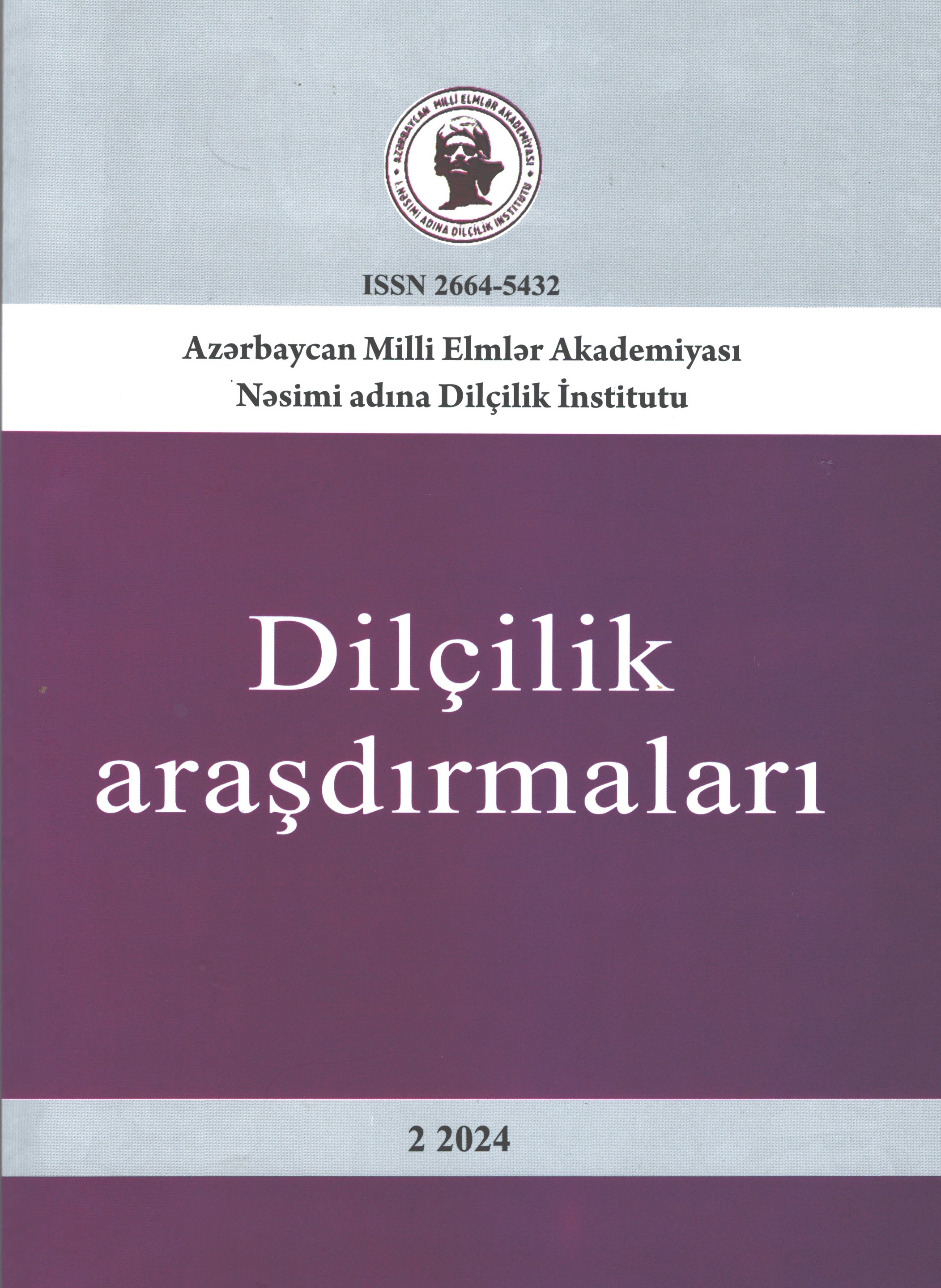CONCEPTUALIZATION AND ITS METAPHORICAL REPRESEN- TATION IN POLITICAL DISCOURSE
Keywords:
political discourse, conceptualization, stylistic means, metaphor, conceptual metaphorAbstract
The expression of concepts through linguistic units not only reflects political priorities of speakers, but also shows that they manage the strategies and persuasive skills to influence audiences. Being the indicators of increasing expressiveness in modern political speeches, stylistic figures and tropes are also a source of conceptualization in political discourse. The main purpose of using these tools in political discourse is to preserve the perlocutionary effect of speech. A comparison of political metaphors in different languages reveals that they are based on analogy and carry similar functions at the cognitive level. The
same stylistic device can perform different, even contradictory tasks in different contexts too, for example, comparison can fulfil both panegyric and discrediting functions. The more frequent use of metaphors in political discourse can be attributed to the fact that they do not possess formal markers, thus are rarely expressed explicitly, that they are based on the expression of equality between the subject and the predicate, and contain comparison based on direct simile. Apart from these, the metaphor addressed to human values and dreams is unconditionally accepted by audiences. When public opinion becomes highly important, metaphors become a political tool to regulate the social mood, and their analysis allows revealing the hidden intentions of politicians. Thus, possessing a strong imagery, being able to generalize to the level of a symbol, penetrating deep layers of information consisting of cultural and historical facts, political motivation and anthropocentric axiology are typical for conceptual metaphors.

